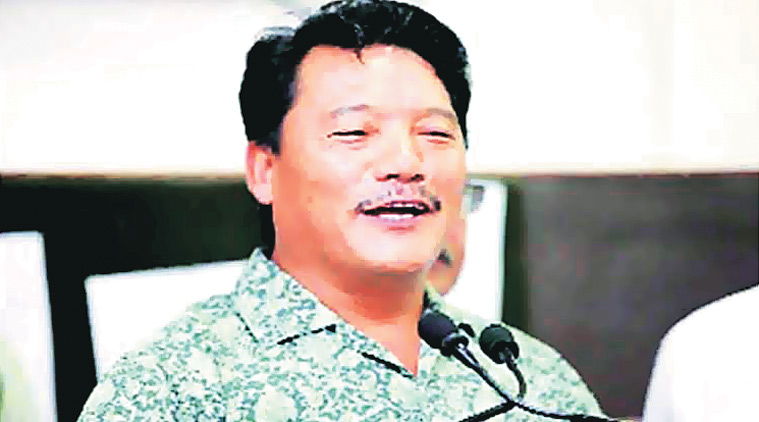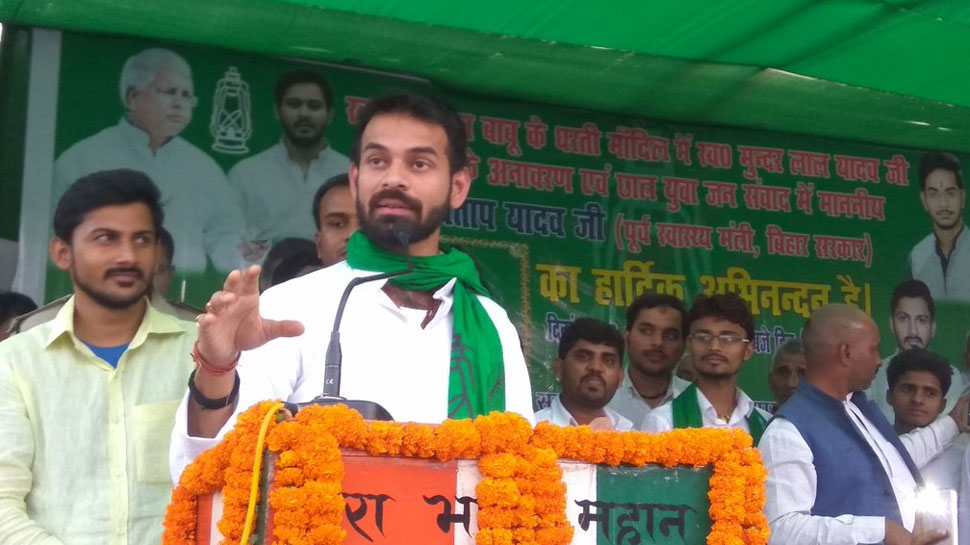Bimal Gurung’s Gorkha Janmukti Morcha managed to retain its hold over the three assembly constituencies in Darjeeling district.
Even as Mamata bannerjee’s Trinamool swept through the state, the foothills and hills of Darjeeling district remained elusive to the West Bengal Chief Minister. 52 year old Bimal Gurung’s Gorkha Janmukti Morcha managed to retain its hold over the three assembly constituencies in Darjeeling district – Kalimpong, Darjeeling and Kurseong while the jote captured Matigara-Naxalbari, Siliguri and Phansidewa in the foothills.
While the GJM’s victory in Darjeeling and Kurseong was a foregone conclusion even before campaigning for the elections started, Kalimpong assembly constituency, where the Mamata backed Harka Bahadur Chhetri floated his own party was expected to be closely contested battle between the former GJM senior leader and the GJM’s current candidate Sarita Rai. Rai went on to defeat Chhetri by 11,000 votes, securing for herself and her party in a constituency which has seen trouble brewing in recent months.
After falling out with GJM leader Bimal Gurung, Dr Chettri had floated his own party earlier this year called the Jan Andolan Party. Chettri, who was the sitting MLA from Kalimpong, was to join the Trinamool Congress earlier but quickly gathered that with CM reluctant to ever accede to demands for a separate Gorkhaland (which continues to be the most emotive issue in Darjeeling district) the move may have turned Kalimpong’s people against him. Instead he floated a new party, maintaining that he still stood for a separate Gorkha state, but was backed by Mamata who has been desperately trying to make inroads in to Darjeeling and break the GJM’s monopoly here. In the 2011 election, Chettri had managed to capture 87.36 per cent of the total votes polled. He was the GJM’s spokesperson before leaving the party altogether in September last year. He floated JAP in January this year.
“Gurung hans become high handed expecting us to follow all his orders unquestioningly,’’Chettri had told the Indian Express while explaining the reasons for quitting GJM. Chettri fought the elections on the platform of a corruption free administration, accusing the Gorkhaland Territorial administration of corruption and misappropriating funds. But just as the Narada tapes seem to have no effect in the rest of Bengal, corruption allegations did not turn the tide in Chettri’s favour in Kalimpong.
The creation of a separate Gorkha state, a demand which first surfaced in the 1970s, continues to be the most pressing issue in the hills of Bengal. The Gorkhaland movement saw its most violent phase between 1986-88 when Subhash Ghishing’s Gorkha National Liberation Front lead the movement. Only to resurface afresh in 2007 with the leadership of Bimal Gurung and the creation of the GJM.
Over the past year and a half, relations between Gurung and Mamata had soured with Gurung accusing her of trying to interfere in the workings of the GTA. Using Chettri for her own political ambitions was seen as a masterstroke by Mamata for entering this elusive bastion. In a run up to the elections, Mamata started announcing the creation of development boards for different communities living in Darjeeling
district such as the Lepcha Development Board and the Tamang Development Board. This apart from the GTA which is responsible for governing the whole of Darjeeling district. While the Gorkhas remain the dominant community here, the Lepchas, Limpus, Tamangs, Bhutias, Rais, Dukpas, Sherpas, and Tibetans also form a sizeable population.
GJM insiders say that the CM used this divide and rule policy to break the unity of the Gorkha movement, pitting one community against the other. She further promised to consider creating a separate district of Kalimpong – a promise that Chettri used as a poll plank.
“These are the divisive politics of Mamata bannerjee. She is trying to create divisions among the people of Gorkhaland on communal lines,’’Gurung had said in an interview with The Indian Express. But Mamata’s bid failed.
As it did in the three assembly constituencies in the foothills – Naxalabri, Siliguri and Phansidewa. Incidentally, it was from Siliguri that the entire concept of a CPI(M)-Congress electoral understanding emerged with veteran Left leader Ashok Bhattacharya winning the municipal elections to become the Siliguri Mayor. This was the first time since the 2011 assembly elections that the Left had turned tables on the TMC. The method of seat sharing between the Left and the Congress soon came to be known as the “Siliguri’’ model. But while it may have failed in the rest of Bengal, Siliguri and its surrounding areas seems to have retained the chemistry of the jote as it was first seen in the state.
(IE)











